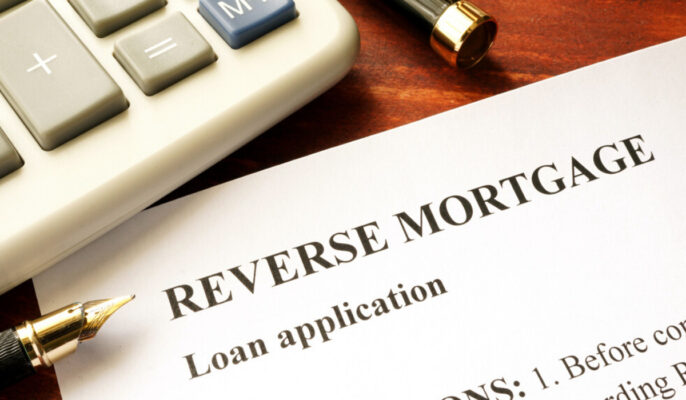The Ins and Outs of Reverse Mortgages: How it Works for Seniors

Retirement can be an exciting time in life, but it also brings several challenges – one of which is often financial. With limited funds and a fixed income, many seniors are looking for ways to supplement their retirement savings. A reverse mortgage is a type of loan that can help seniors access the equity in their home without selling it and is becoming an increasingly popular option. However, it can be a complex product, and many people are unsure about how it works. In this blog post, we’ll explore the ins and outs of reverse mortgages so that you can make an informed decision about whether this is the right choice for you.
How does a reverse mortgage work?
A reverse mortgage is a loan that allows seniors to tap into the equity they have built up in their home over the years. Unlike a traditional mortgage, the lender pays the borrower, and the borrower can choose to receive the funds either as a lump sum, line of credit, regular payments, or a combination of these options. The amount of funds a borrower can receive depends on several factors, including their age, the value of their home, and current interest rates.
One of the most significant advantages of a reverse mortgage is that they do not require any repayments while the borrower remains living in their home. However, when the borrower decides to sell their property, pay off the loan, or passes away, the loan amount must be repaid. This is typically done by selling the property and using the sale proceeds to repay the loan – the remaining equity, if any, goes to the borrower’s estate.
To be eligible for a reverse mortgage in Australia, you must be at least 60 years old and own your home. The home must also be your primary residence, and it must meet minimum property standards. The amount of equity you can access is limited by the government, which sets a percentage of the maximum amount you can borrow based on age. The older you are, the more you can borrow. For example, someone aged 60 can borrow up to 15% of the property value, while someone aged 85 can borrow up to 35%.
Before committing to a reverse mortgage, it’s important to consider the disadvantages carefully. One potential downside is that the interest rates on these loans are typically higher than traditional mortgages, which can add up over time. Additionally, the total loan amount can exceed the value of the home over time because interest and fees accrue, leaving no equity left when the loan is repaid.
Another consideration is that you may not be able to leave your home to your heirs as part of your estate because you will have used up some of the equity in the property. Also, if you need to move into aged care or a different home for any reason, the loan will need to be repaid immediately, which could be problematic if you don’t have the funds to do so.
Reverse mortgages can be a viable option for seniors looking to supplement their retirement income; however, the product is complex and deserves careful consideration before you proceed. It’s crucial to understand the terms and restrictions that come with a reverse mortgage, so you can make an informed decision about whether the product is right for you. By doing so, you’ll be able to make the most of your retirement years with the peace of mind that comes from making a well-informed financial decision.






